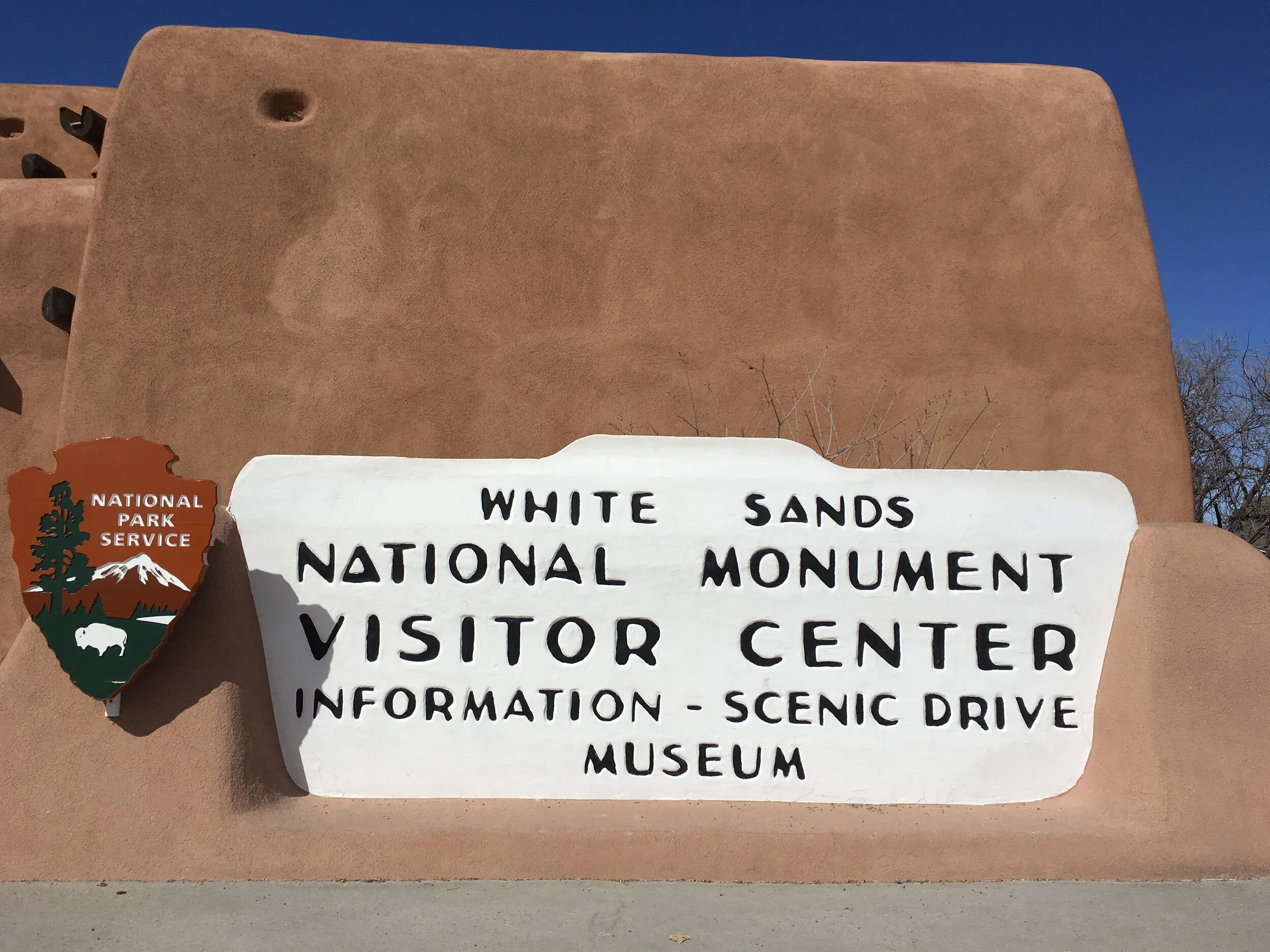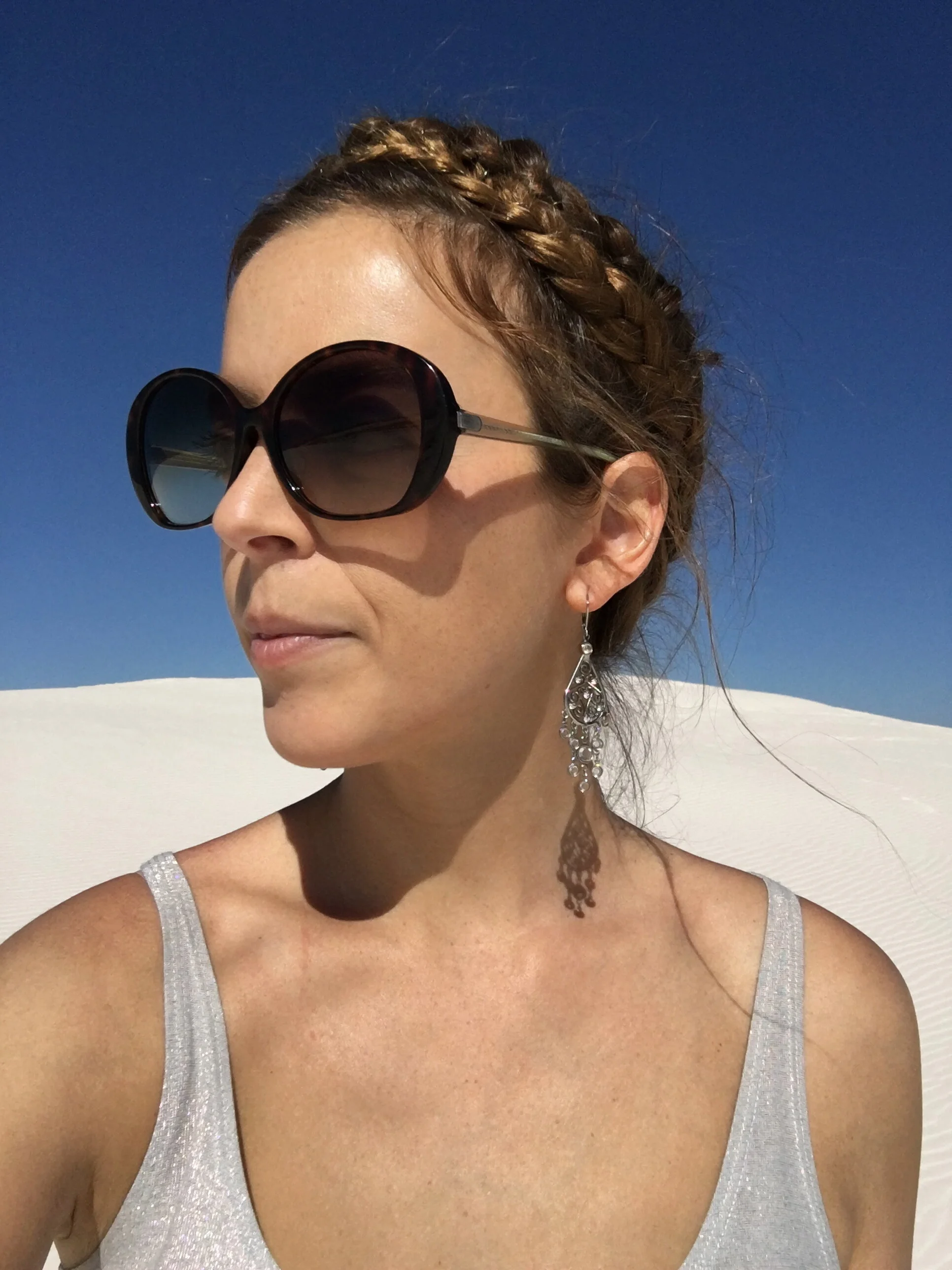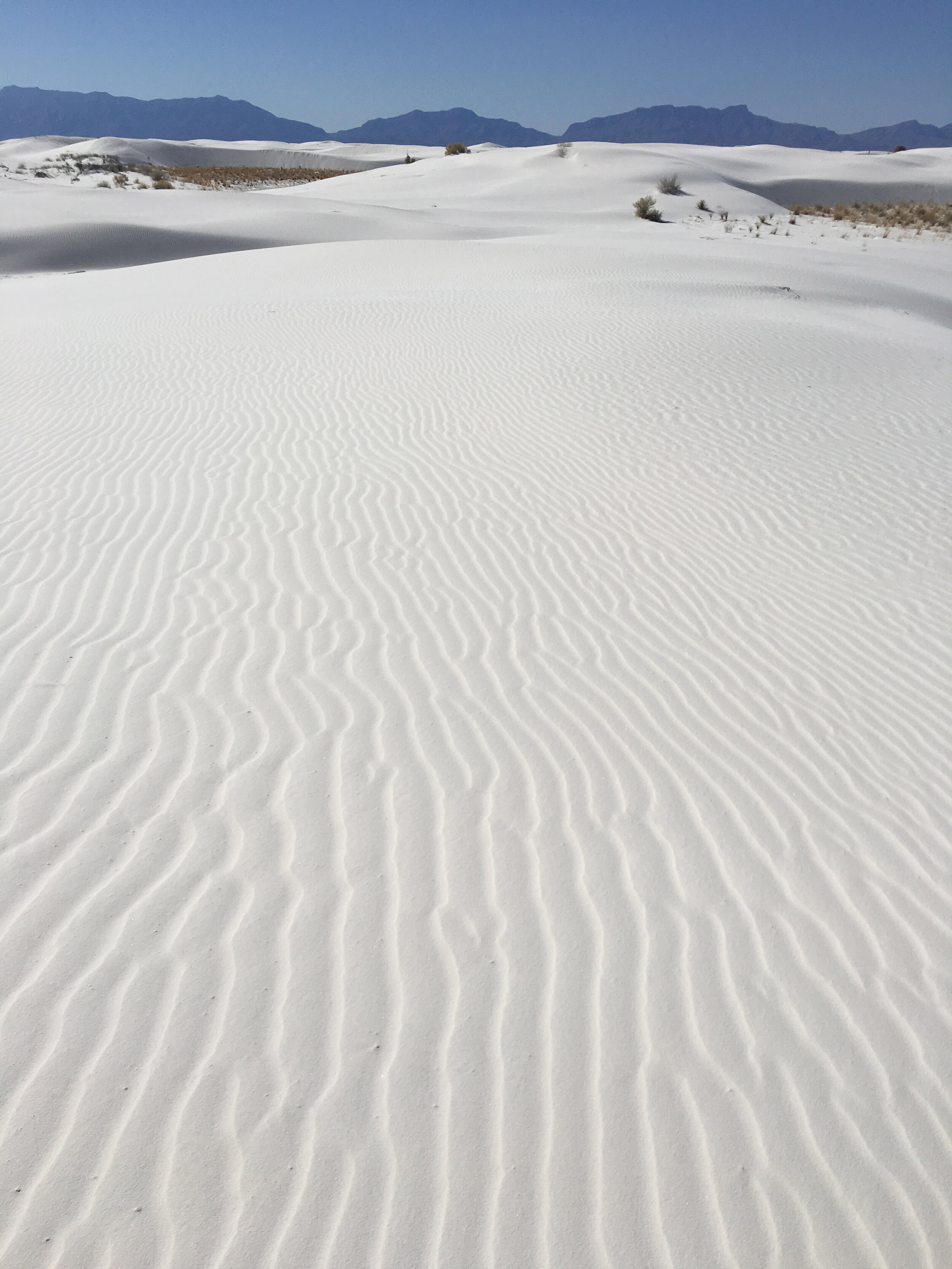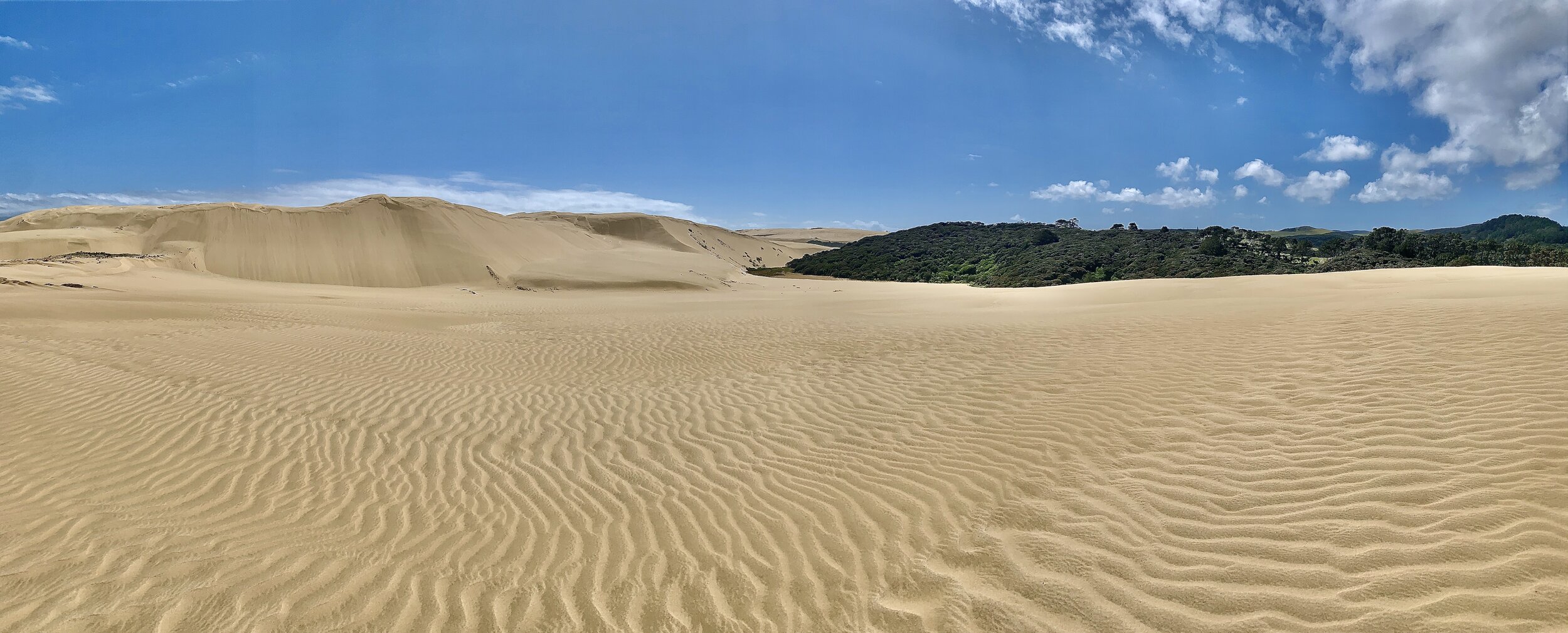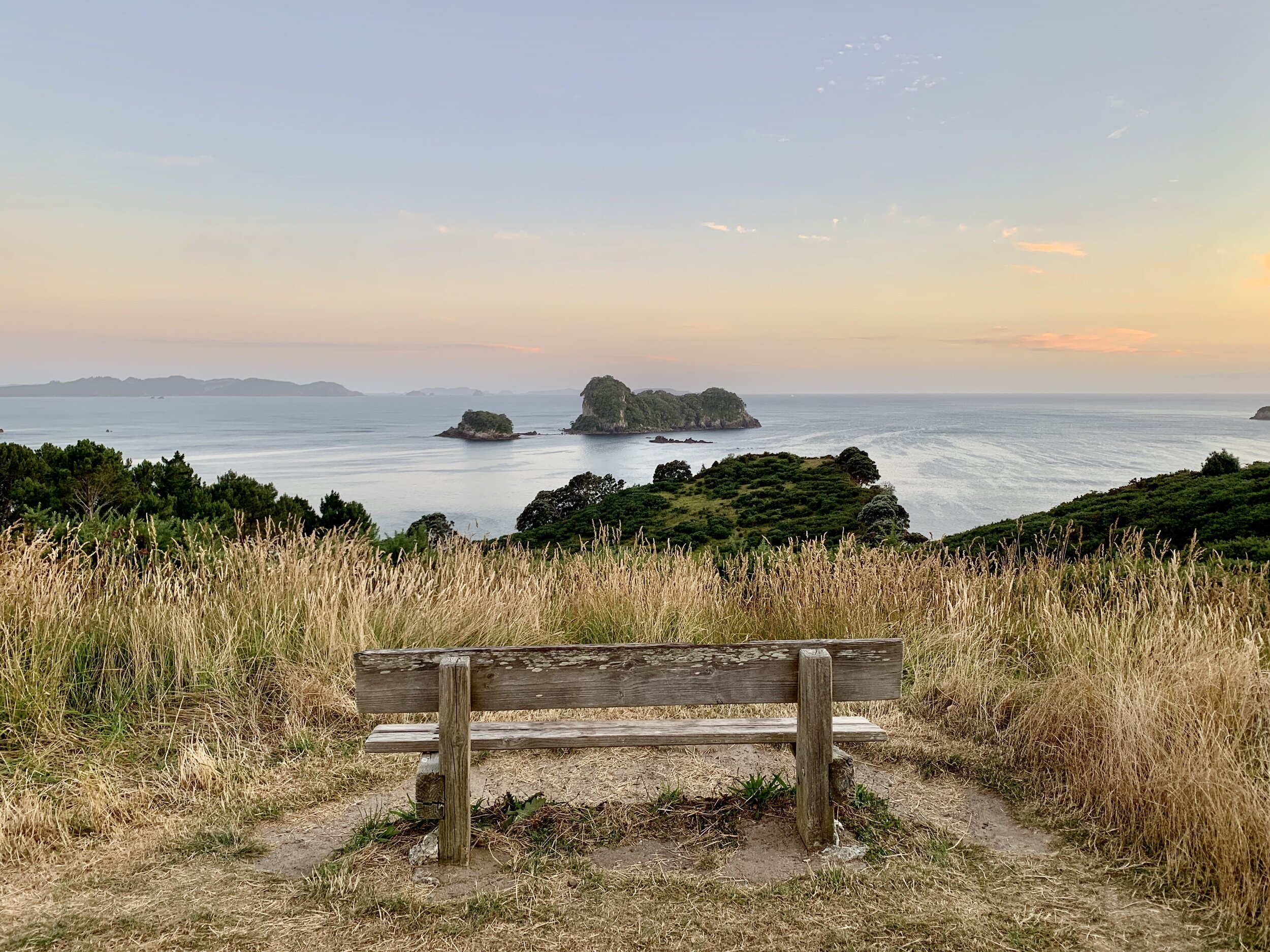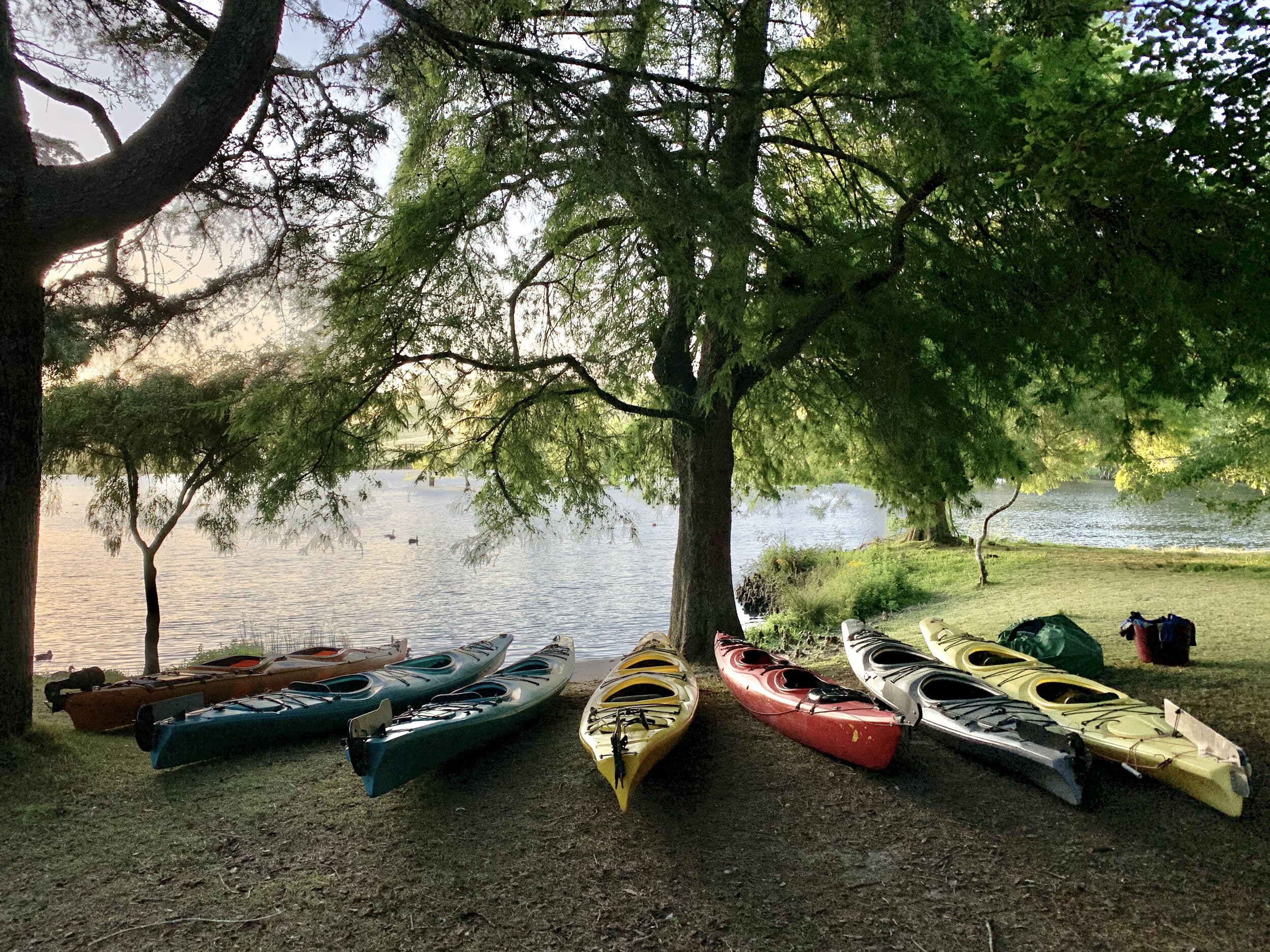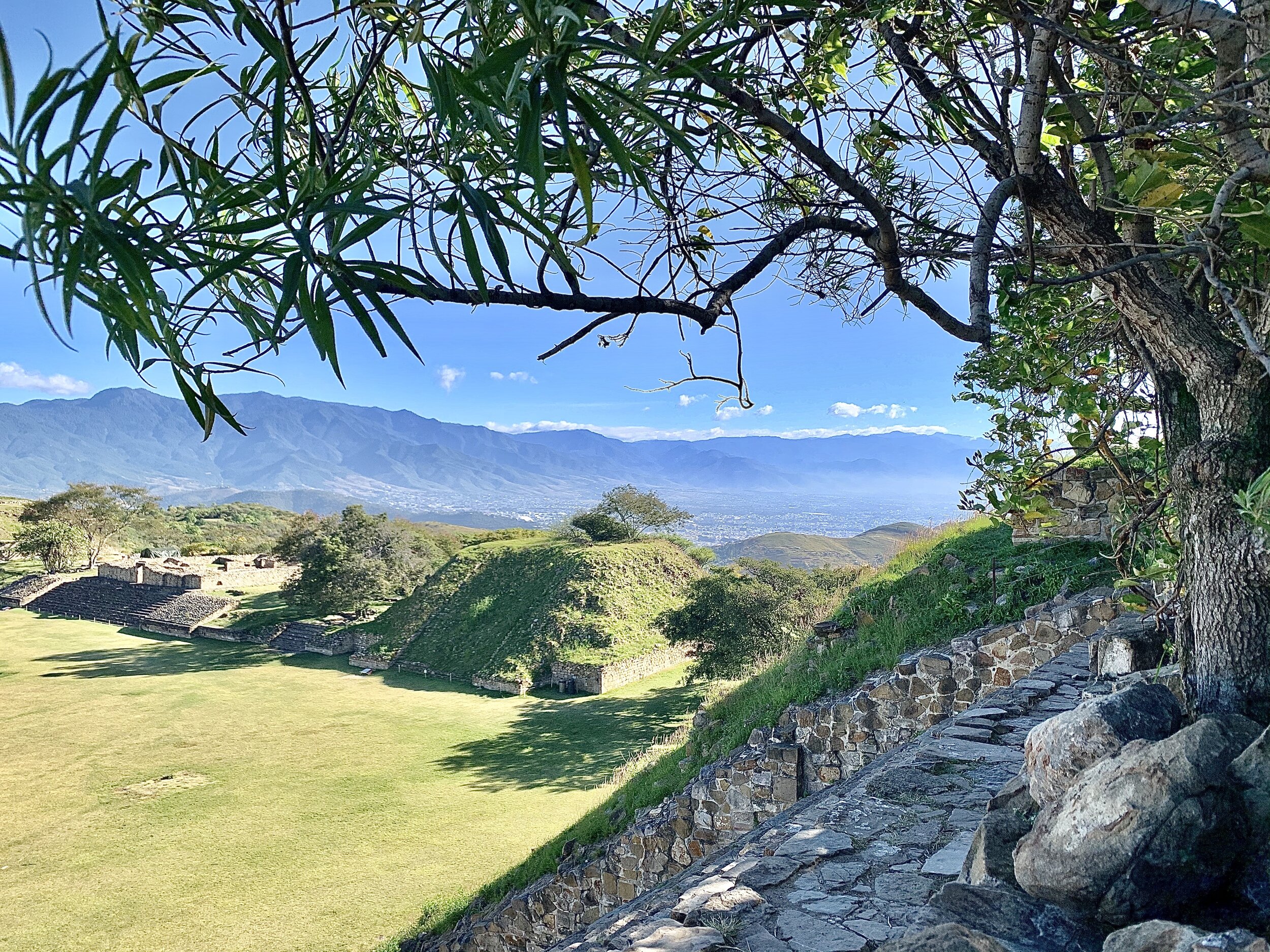On my last visit to Socotra two years ago, our guide casually mentioned one evening by our campfire that he wanted to organise a scuba diving trip to the outer islands of the archipelago: Abd al Kuri, Samhah and Darsah. The islands are largely uninhabited, save for a few dozen fishermen and their families. More excitingly, no recreational divers had ever been diving off these islands: they were essentially virgin diving territory, something that is next to impossible to find on our planet these days. Needless to say, I was in.
The prospect of being the first people to explore a small corner of the Earth had me excited for months prior to the expedition this spring. The diving off Socotra had been spectacular, with underwater fields of hard coral gardens exploding with color, shipwrecks slowly being taken over by the sea, and large schools of tropical fish unaccustomed to and unafraid of visitors to their depths. What would we find even further afield?
Fishing boats in the port of Qalansiyah, Socotra
The logistics of getting several divers, gear, tanks, a compressor to refill the tanks, a supply of food, and a vessel to transport it all to the outer islands turned out to be formidable. This is, after all, Yemen. Fortunately, our organiser, Piotr Pazola, speaks Arabic, has been to Socotra seven times, and knows what it takes to get things done. There is just one divemaster living on Socotra with a couple dozen tanks and a compressor, so we brought the rest of our gear. In recent years, the United Arab Emirates have been funding numerous development projects throughout Socotra, including a new military airport base on Abd al Kuri. As a result, after much back and forth over dinner and tea and more dinner and more tea, we received permission to travel to Samhah and Darsah aboard the dhow we had previously secured for the week.
Our dhow near the port of Qalansiyah
We met the dhow at noon the following day in the port of Qalansiyah on the western end of Socotra, a few hours’ drive from the main settlement of Hadiboh. The captain, a half dozen or so male crew members, and three armed Yemeni soldiers helped load all of our supplies onto the dhow, and we set sail for Samhah. The dhow had an underbelly where everything was stored; a main level where we ate, lounged, and napped; and a small upper area that received much of the engine fumes and was as a result uninhabitable while the dhow was in motion. The “bathroom” was an open air semicircle, roughly waist height, attached to the outside of the main level with a hole in the middle. As there was no privacy on the dhow, we opted to camp on the islands at night.
Sunset from the dhow, Samhah
The bathroom on the dhow
After about six hours, we reached Samhah just as dusk enveloped the island in darkness. We stopped at the main fishing village on the island to declare our arrival to the local sheikh, an ancient-looking man who extended to us every kindness during our stay (though he did try to barter for one of the other female travellers to remain on Samhah as his companion). We set up camp on a beautiful stretch of beach backed by semi-desert and immediately jumped in for a night swim to cool off. To our delight, the sea around us came alive in numerous shades of bright blue in a grand display of bioluminescence. We fell asleep lulled by the sound of the waves crashing just beyond our sleeping bags.
The beach where we camped on the island of Samhah
Local children, Samhah
For the next few days, we explored Samhah and Darsah, diving three to four times a day from morning to night and enjoying meals of freshly caught fish on the beach in between. The diving did not disappoint: we saw turtles, rays, moray eels, barracuda, curious white-tipped reef sharks, nudibranchs galore, stonefish, scorpionfish, bubble algae, and more. On one dive, a pair of sand sharks chased each other round in circles; on another, an enormous school of glass fish ebbed and flowed around giant coral heads. In these moments, there is nothing else but the now as you breathe, take in your surroundings, and recognise how lucky you are to exist in this beautiful world.
Coves on Darsah
Returning from a dive all smiles
We named one particularly beautiful site Polish Garden, as the first recreational divers to ever dive the site. We also dove the wreck of a giant bulk carrier that had run aground 10 years prior and was now distributed just below the surface at about 10m, encrusted with coral and giant clams as the sea slowly took it over. Schools of grunt hovered around the former bridge of the ship, and we moved to and fro with the waves as we approached the shallows of the wreck. In between dives, we enjoyed being the only humans for miles as we walked along deserted, postcard-perfect beaches, explored sea caves, and watched the sun set over the mountainous interiors of the islands. Our days finished with simply grilled fish as we watched a multitude of stars migrate overhead before falling asleep on the sand.
Lunch
Scuba diving a shipwreck off Samhah island
On our final day, as we motored away from Darsah, the clouds above the island briefly assumed the shape of a vintage tea kettle, with a genie billowing out from it in white wisps. Make a wish, the genie beckoned. Anything you want.
I made my wish. A few minutes later, the cloud was back to a simple tea kettle, giving off a few puffs of steam.
A deserted beach on Darsah island













